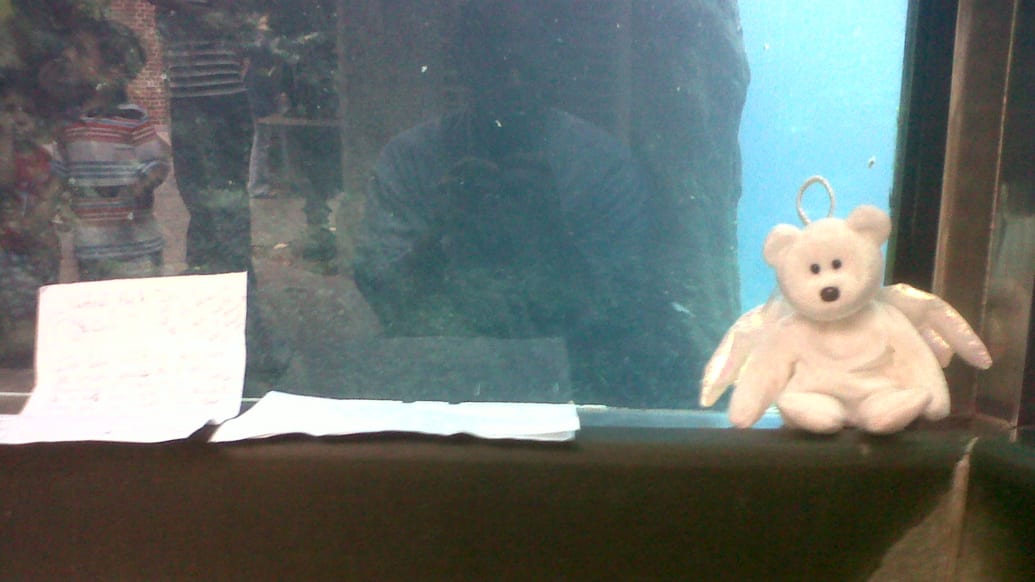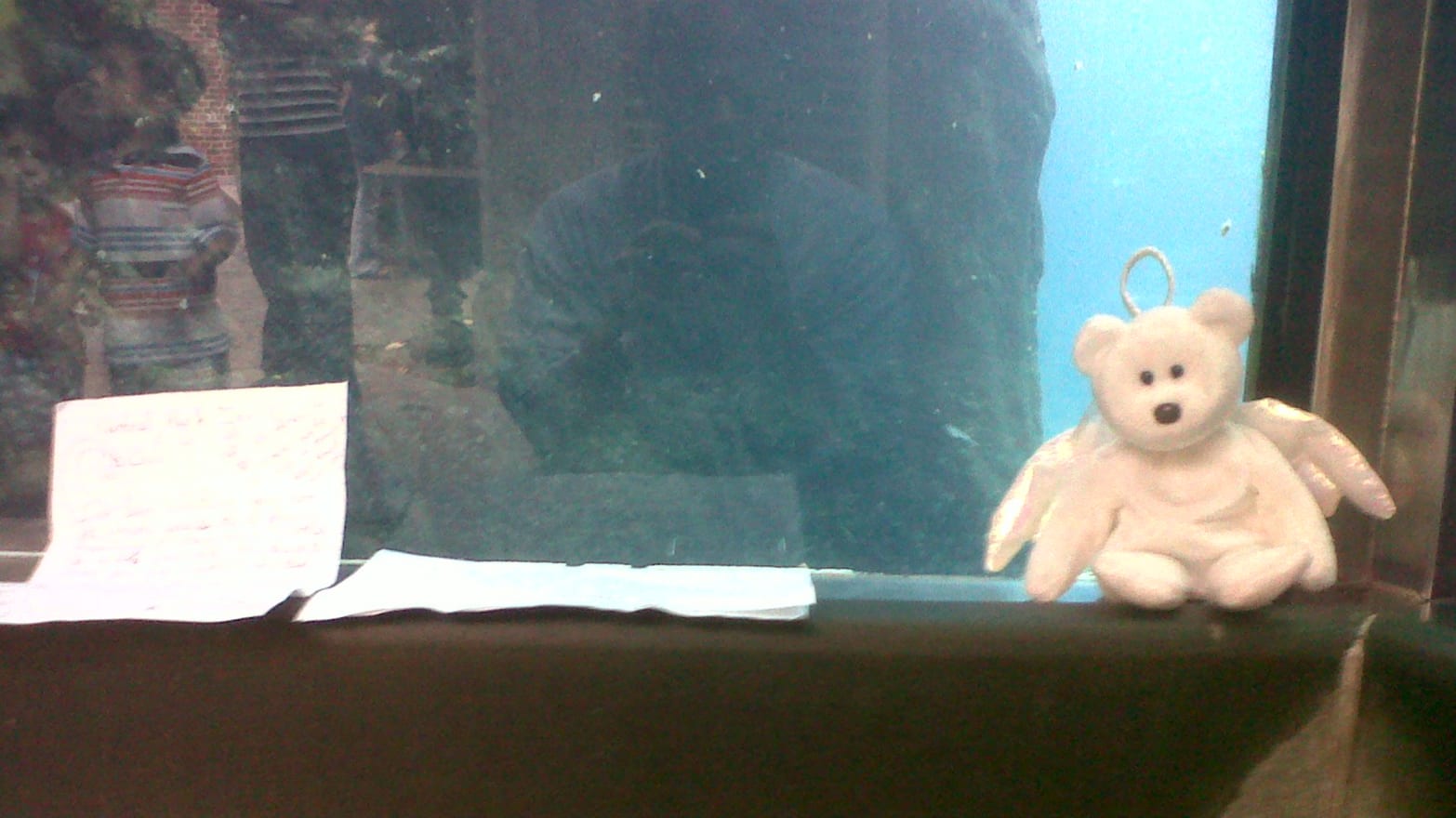Dead polar bears tell no tales. Gus, the 27-year-old, 897-pound male polar bear who died Tuesday at the Central Park Zoo, took his secrets to the grave.

So we will never know what made this ursine man of mystery do the things he did. But we will never stop wondering.
Like a lot of New Yorkers, Gus was originally from someplace else. He moved to the city when he was 3, from his hometown of Toledo, Ohio, where he had lived with his mother. He had a nice place in New York, on the Upper East Side, where he lived with a couple of lady friends. But there were signs that he never made the transition successfully.
Maybe he missed his mom. Maybe he wasn’t a big-city guy at heart. Maybe he was unhappy. Or maybe not unhappy, maybe just disturbed or bothered about something. He never said. He wasn’t one to talk about his problems.
Instead, he swam figure eights for as many as 12 hours a day, which we can only assume is what troubled polar bears do when they’re trying to work something out.
Scientists called this stereotypic behavior. Georgia Mason, a professor at the University of Guelph, Ontario, notes that 85 percent of polar bears in captivity exhibit such behavior, which usually means pacing relentlessly back and forth. The trait is so deeply associated with polar bears, Mason notes, that the Dutch have a verb, ijsberen (to polar bear), to describe restless pacing.
Gus started the obsessive swimming in the mid-’90s, after he’d been in the city for about five or six years. He did it long enough that people began to wonder out loud if he was neurotic. You know, seeing that he lived in Manhattan, where people have shrinks the way people elsewhere have dentists. Just saying.
So the bear’s minders at the Central Park Zoo hired him a shrink, or the equivalent for furry creatures—an animal behaviorist. All the way from California he came, to the tune of $25,000. The behaviorist said Gus wasn’t neurotic, he wasn’t disturbed, he didn’t miss his mother. The behaviorist said Gus was bored.
In short, the animal behavior expert told the zoo to stop pampering Gus and start treating him like a bear. Enough with the lunch bucket of dead fish. Make him forage, dig it out of the ice, catch the occasional live trout. Gus even got a playhouse and some toys out of the deal.
The “therapy” worked for a while, if “worked” translates into “swimming less.” Gus spent more time hunting his dinner, and less time on his laps. By then of course he was a celebrity, the “face of the zoo,” some said. An estimated 20 million people came to see him. Someone wrote a book about him. Someone else wrote a play.
People brought their kids to see Gus and told them about global warming and melting polar ice caps and diminishing habitat, which was pretty ironic when you thought about it, since Gus was born in a zoo, as were his mom and the two females he shared space with in Central Park.
This week the fans turned out one last time. They left gifts and flowers and they left notes. Placed alongside a toy polar bear with a halo, one letter read:
Goodbye Gus!You were my favorite New Yorker!We will always remember you.KC
Another note, addressed to the Central Park Zoo, said,
I’ve been visiting your zoo for many years as a former nanny and now as a mother to a 2 1/2 year old. My daughter loves Gus … So now we come to say goodbye. Hopefully, we’ll see a new polar bear join our family’s memories. RIP Gus Love, Grace and Samantha
There was a P.S.: Threw a single white rose in exhibit. I hope that was OK.
Kids came up and peered into the empty tank. A grown female of our species proved who really needs therapy when she said, “There’s no point in looking. He died.”
Was Gus happy? The presence of Ida and Lily, the female polar bears (his polar opposites?) with whom he shared space at the zoo, seemed to have little effect on him one way or the other (Ida was always the crowd favorite, though, and that had to hurt). According to zoo officials, male polar bears are loners by nature. They dig solitary walks and dining alone, companionship not so much. So when Ida and Lily died a few years ago, Gus made no public display. Maybe he grieved, maybe he didn’t care. We’ll never know.
But if longevity is any measure of contentment, Gus was a copacetic bear, living seven years longer than the 20.7-year average for polar bears in captivity.
And he never stopped entirely with the laps. He was who he was.
There were no survivors. In lieu of flowers, the family requests that you reduce your carbon footprint.
—With Michael Daly

